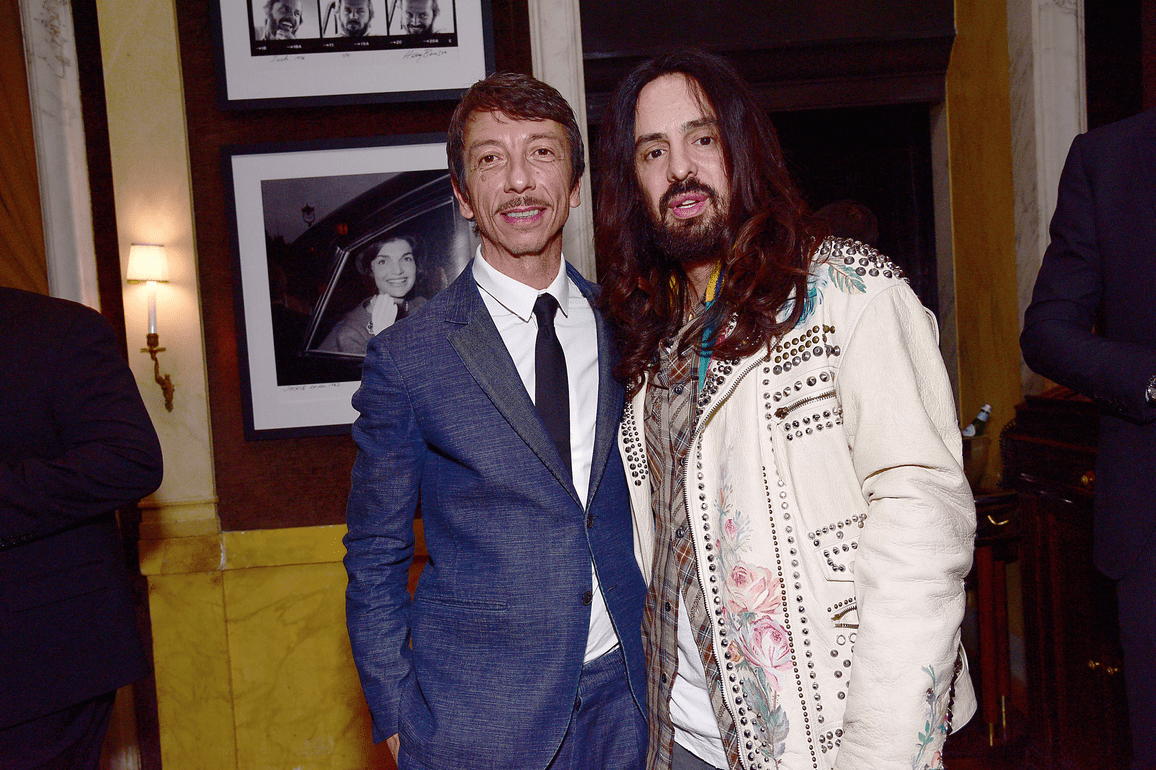Today Valentino announced that it hired Gucci’s erstwhile creative director Alessandro Michele to lead its storied house. The appointment came just days after its current designer, Pierpaolo Piccioli was let go.
This is a curious case. Usually, big guns are brought in to fix something, but Valentino did not seem to be broken, though “seem” is a key operating word here. Just like Michele, Piccioli is a talented designer and one of fashion’s darlings – his collections are universally lauded. And Valentino’s sales seem fine. In 2022, according to Reuters, it had revenues of 1.42 billion euros, 10% higher than its sales in 2021, which in turn were 15% above the year prior. On the strength of these numbers, Kering bought a 30% stake in Valentino from Mayhoola, a Qatar government investment fund that also owns Balmain, with an option to acquire the entire company by 2028.
The irony, of course, is that Michele was unceremoniously ousted by Kering, and in essence Michele is going back to work for it. It seems that the golden boy is not immune to a pot of gold, since the offer to go to Valentino must have been sweetened quite considerably.
For its part, Kering is being smart here – its management quickly learned its lesson after Gucci’s sales tanked 20% in the year after Michele’s departure.
Valentino also makes sense. It’s a Roman house, and Michele lives in and loves Rome. The brand has a couture division, and like many a designer with grand ambitions, Michele must be chomping at the bit (no irony intended) to play at the highest echelon of fashion.
And maybe things at Valentino are not that rosy. Its financial figures for 2023 are not yet available, so it’s anyone’s guess whether their sales were down. (Mayhoola did not return my request for 2023 financial figures in time for the publication of this article.)
But let’s assume that Valentino did not suffer financially, as most luxury brands have in 2023. There are still cases where rocking the boat worked, and where a brand’s earnings potential was unlocked with the change of the creative director. Phoebe Philo was doing just fine at Celine, and yet she was ousted in favor of Hedi Slimane, who increased the brand’s sales two-fold with new bags, perfume, and menswear, things that Philo was not particularly interested in. And Michele’s track record at Gucci was stellar. Under his tenure, the brand’s sales grew from $2 billion to $10 billion. It does not get more successful than that.
Of course it remains to be seen whether Michele can repeat his magic. Not all of Gucci’s success can be attributed to him, no matter what the breathless fashion commentariat would like you to believe. Michele was appointed at Gucci in an era in which the luxury fashion industry was undergoing major structural changes. The world was getting richer at breakneck speed, and corporate fashion was in the midst of pivoting to the aspirational consumer in both China and America. That tide was lifting all boats – there was hardly a luxury brand that WASN’T increasing year-on-year sales. Michele landed smack in the midst of it, offering young, cutesy, merchy, logo-ridden stuff that was easy to digest for the masses and therefore sold like hotcakes.
The aspirational consumer party is over, at least for now, and only the biggest brands like Chanel and Dior, or those who cater to the 1% like Hermés and Brunello Cucinelli, are doing fine. Michele’s test will be harder than before. He will have to create an “it” bag, or find ways to enhance existing ones (though I can totally see how putting an embroidered tiger on the Valentino stud bag would do the trick). He will also have to create excitement in the clothes that will drive Valentino’s accessories and perfume business. This will be hard, but not impossible. The formula is already there.






